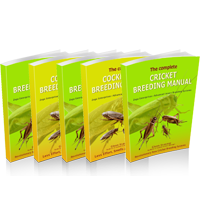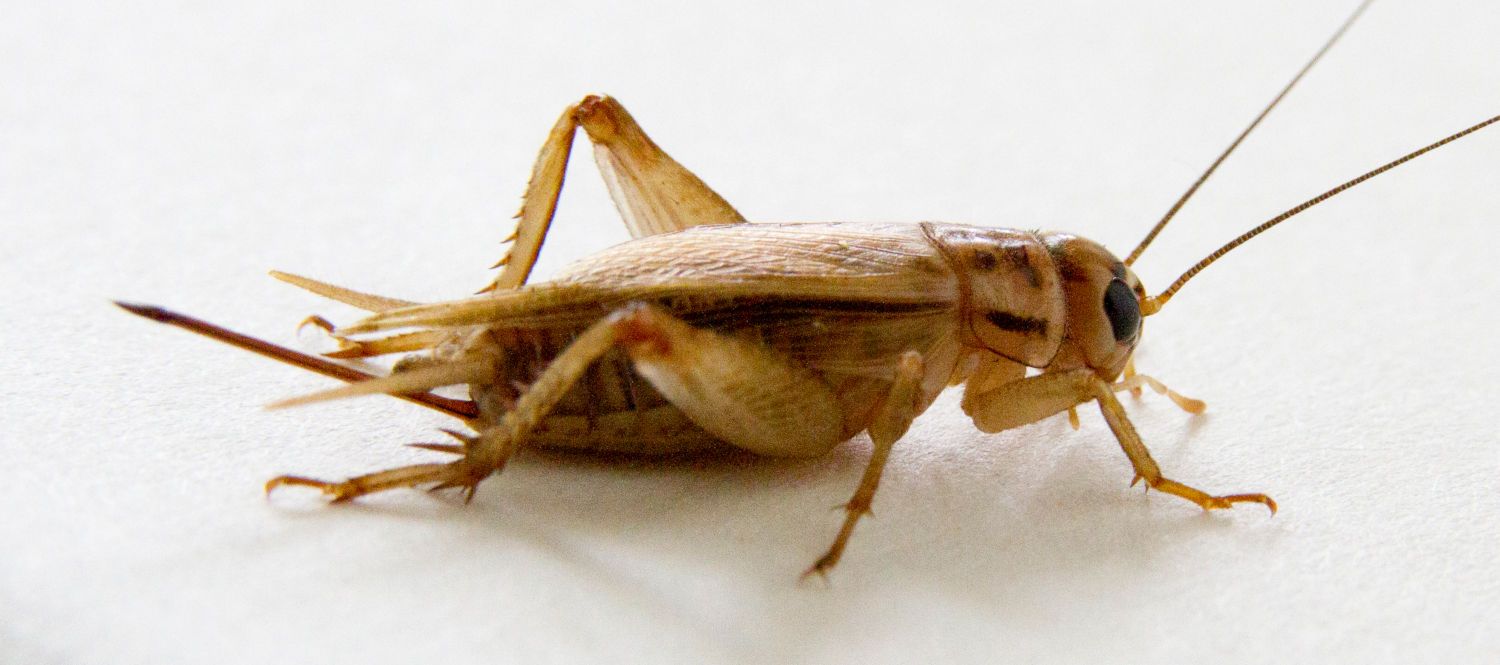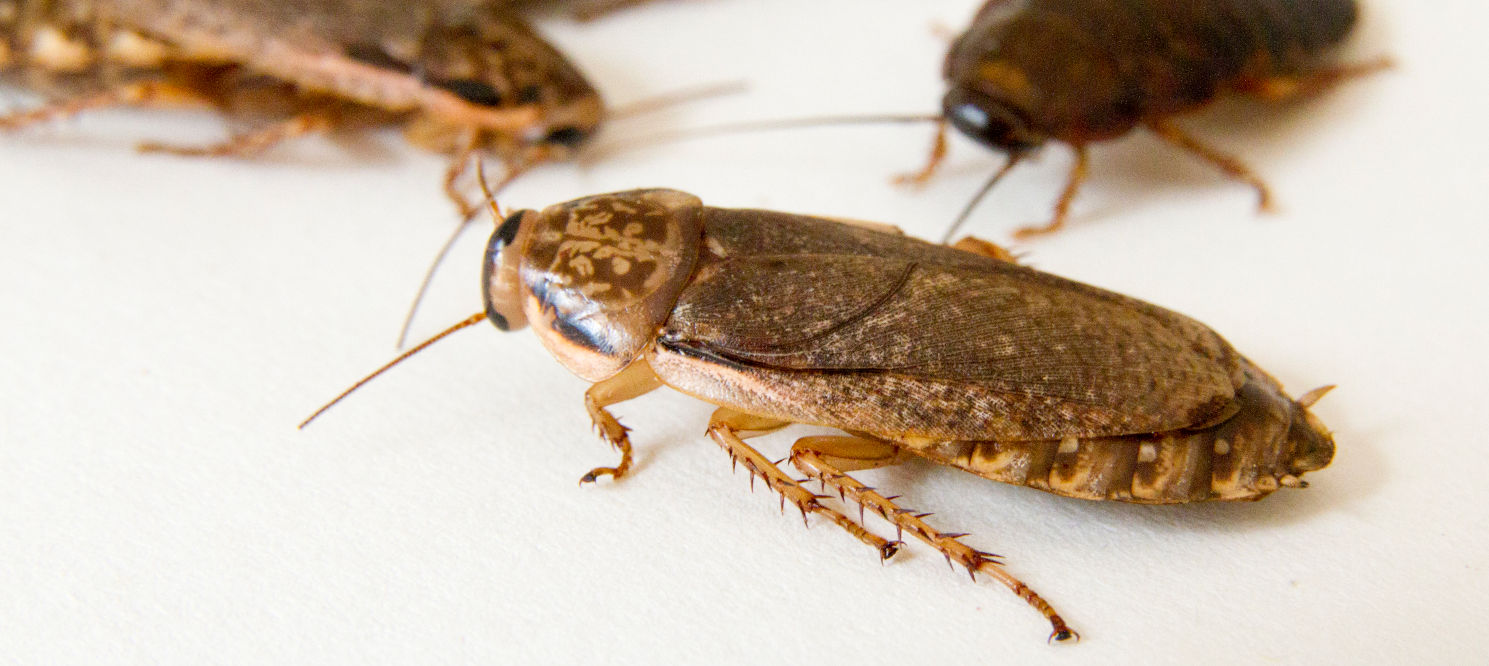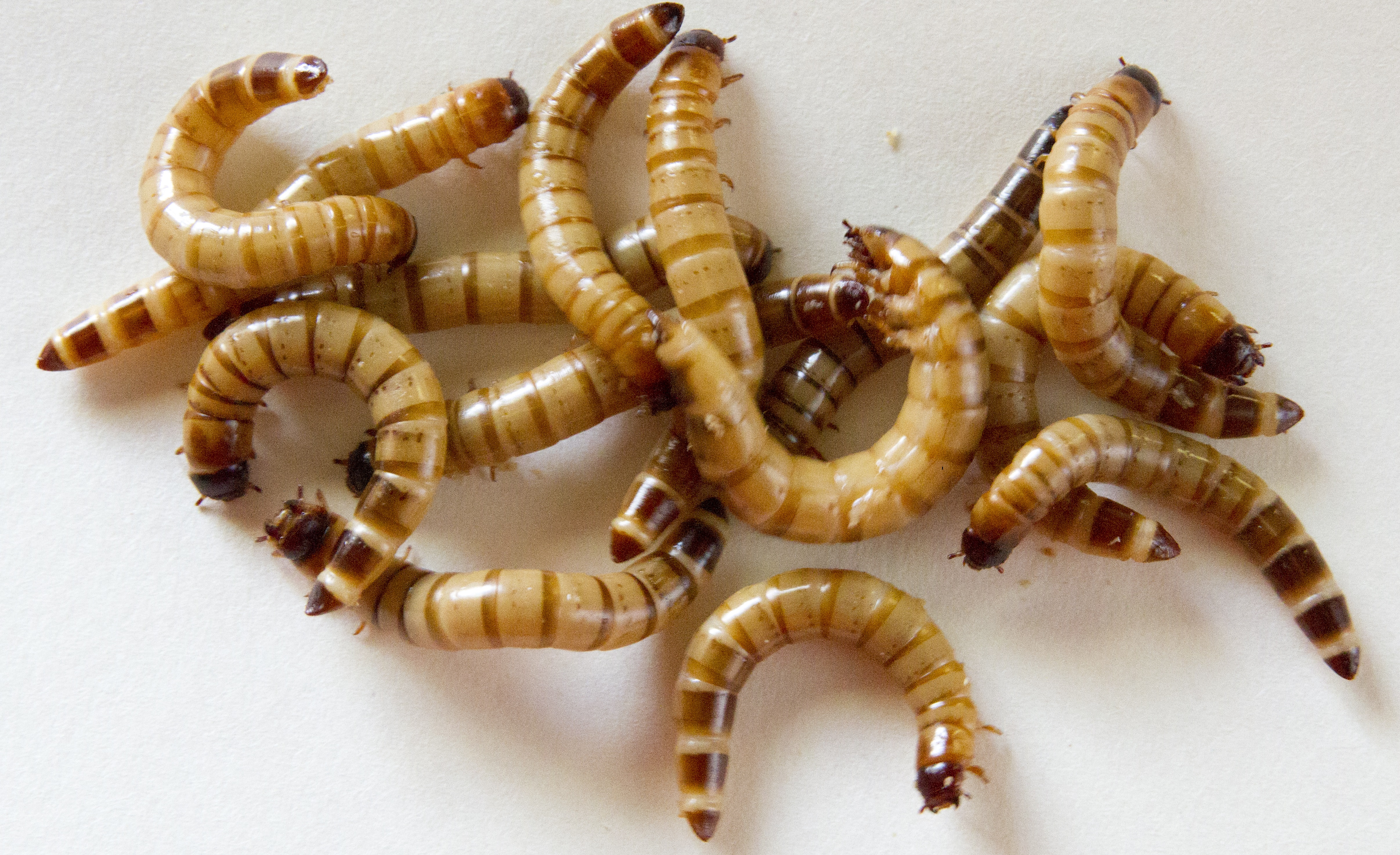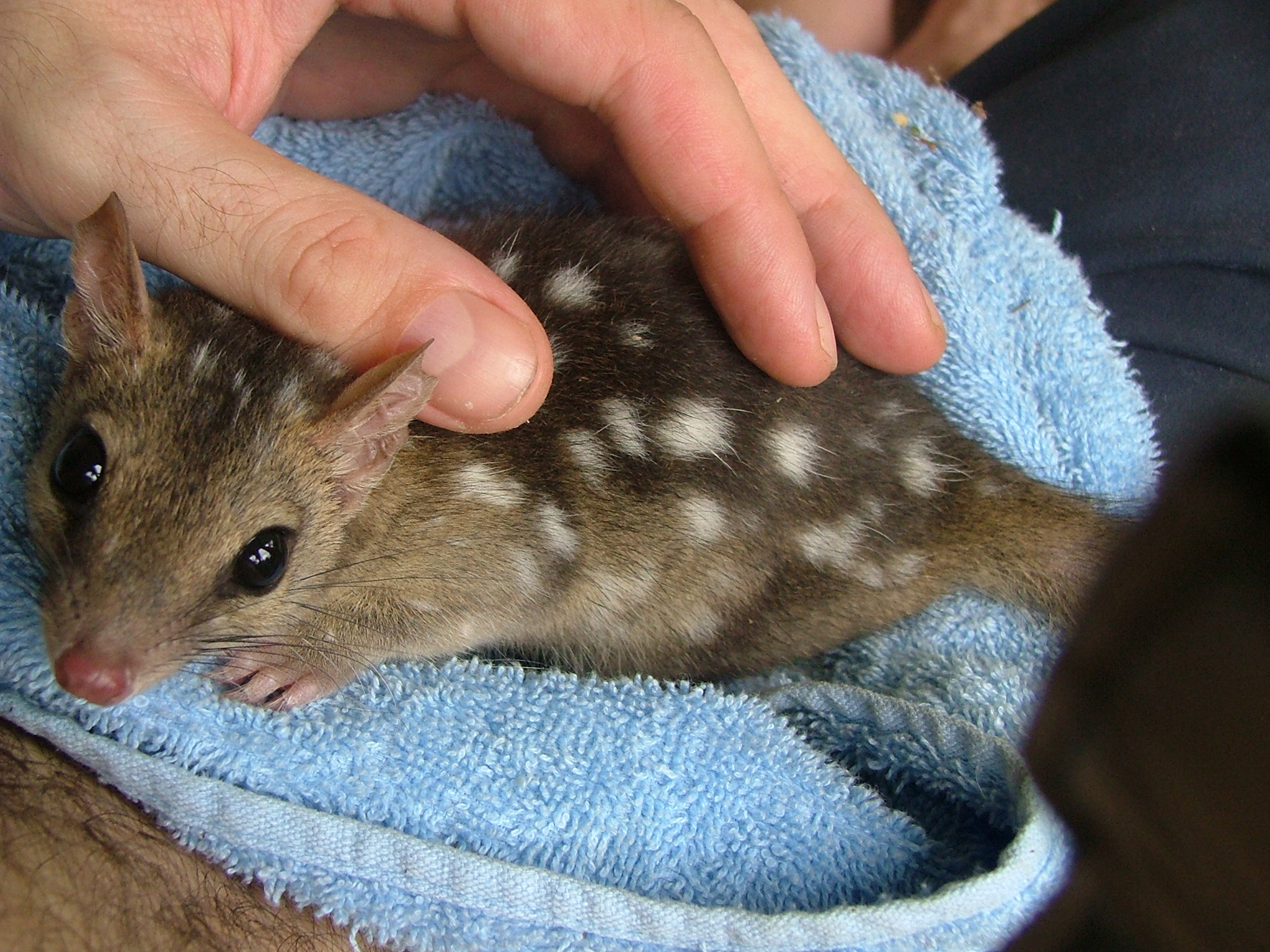With the systems and techniques contained in this manual you will be able to produce large amounts of insects such as mealworms, crickets and cockroaches inexpensively and consistently and with minimal effort. This manual will benefit people who wish to:
- Produce an additional income by selling directly to the general public, pet stores and wildlife parks etc.
- Reduce costs associated with providing live food for insectivorous animals such as reptiles, frogs, arachnids (spiders, scorpions) and fish.
- Pet stores/wildlife parks and zoos which wish to breed insects to reduce operating costs.
- Wildlife rescue carers who require large quantities of insects to feed insectivorous mammals, birds, reptiles and amphibians.
- Wildlife rescue groups that wish to raise money and provide inexpensive feeder insects for their members or as a fund raiser.
- Feed stock animal such as chickens, aquaponics or pigs.
- Bait foe Fishermen (ie trout, salmon)
- Research for Universities and research Institutes
For the hobbyist a plentiful and fresh supply of live food is the cornerstone of keeping healthy and happy insectivorous animals or providing food for us. Many of you will know the thrill of providing live food to your animals and seeing how they benefit both physically and mentally.
Sadly, for the consumer, purchasing insects from a pet store is expensive and often results in the disappointing experience of purchasing dead or animals (crickets particularly). Many wildlife groups buy bulk amounts of insects only to have them die in transit. Many people attempt to breed crickets and mealworms but often fail over the long term, due to the demanding maintenance required by conventional methods.
Insects are prolific breeders which lend themselves to being bred for commercial production. With a little extra effort, you may wish to add extra containers and sell excess stock to the public and turn an expense into income. In developing this manual, a number of options are provided from simple set ups suitable for small collections to more elaborate systems suitable for commercial production.
Below is a summary of the information contained in this manual:
- Efficient methods that maximises growth rates, and saves time in maintenance and feeding activities.
- Plenty of tips on how to save time, effort and money through energy conservation or efficient food storage and processing.
- Details how to manage a commercial colony from breeding through to dispatch, transport and marketing.
- Effective pest management which will prevent the farm crashing.
This manual is an accumulation of years of experience and experimentation which will provide you with a short cut to successful insect breeding.


